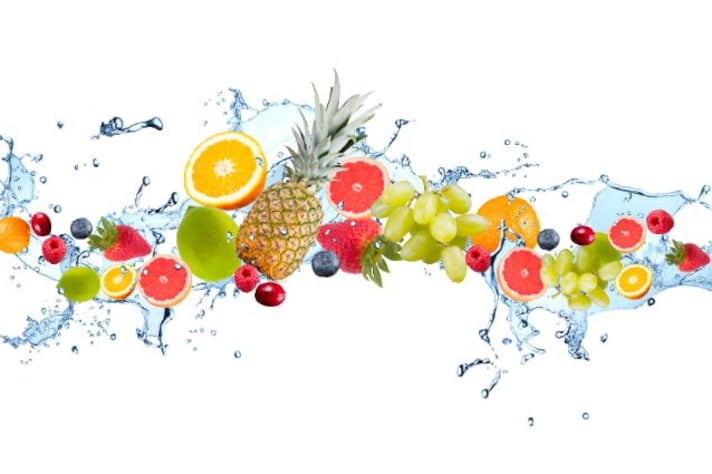
Fruit is a staple in our diets, celebrated for its refreshing taste and nutritional benefits. However, the way we prepare fruit for consumption can sometimes do more harm than good. A common practice is soaking fruit in water, which might seem harmless, but actually can compromise the fruit’s quality and safety. So, why should fruit never be soaked in water? Let's dive in and find out.
Soaking Fruit Might Cause a Loss of Nutrients
Soaking fruit in water might seem like a thorough way to clean it, but it comes at a nutritional cost. Fruits are rich in water-soluble vitamins like vitamin C and certain B vitamins. When you soak fruit, these essential nutrients can leach into the water, diminishing the fruit's nutritional value. It's like paying for a premium smoothie and ending up with diluted juice—disappointing and less beneficial.

Soaking Also Turns Fruit into Mush
One of the joys of eating fruit is its delightful texture. Apples are crisp, berries are juicy, and grapes have that satisfying snap. Soaking fruit can compromise these textures. Prolonged exposure to water can cause fruits to absorb excess moisture, leading to a mushy, unappetizing consistency. Imagine biting into a soggy apple instead of a crunchy one—certainly not the experience you were hoping for!
The Flavor Dilutes
Flavor is another victim of fruit soaking. Water can dilute the natural sugars and flavors in fruit, leaving you with a bland and less enjoyable snack. This is particularly true for fruits with a high water content to begin with, like strawberries or watermelon. You don’t want your fruit salad tasting like it's been sitting in a puddle, do you?
Fruit Might Also Get Contaminated
Soaking fruit can also increase the risk of contamination. Water can become a breeding ground for bacteria if left standing for too long. When fruit is submerged, these bacteria can transfer onto the surface of the fruit, posing a potential health risk. Instead of removing pesticides and dirt, you might be adding unwanted guests to your fruit party.

How to Properly Wash Fruit for Consumption
So, if soaking is out, how should you properly wash your fruit? The answer is simpler than you might think. For most fruits, a gentle rinse under cold running water is sufficient. Use your hands or a soft brush to gently scrub the surface of the fruit, removing any dirt or residues. For fruits with thicker skins, like melons or oranges, you can use a vegetable brush. Make sure to dry the fruit with a clean towel or paper towel before eating it to remove any remaining water and reduce the risk of bacterial growth.
;Resize,width=767;)
